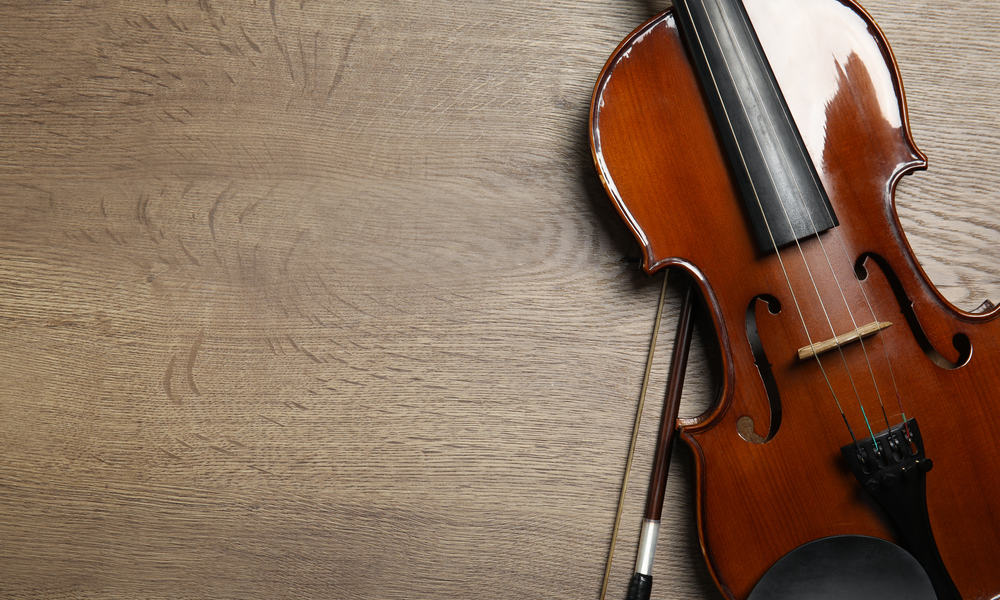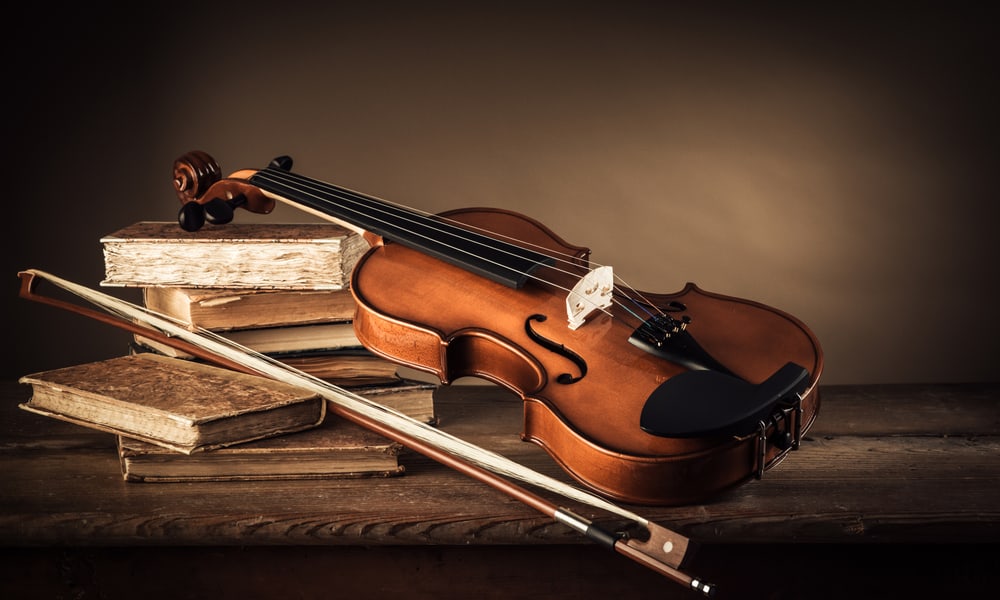Recently in one of our posts, we mentioned how playing the harp produces beautiful and amazing sounds. However, the harp isn’t the only instrument known to produce this type of sound. The violin on the other hand is another instrument that will provide you with good and quality sounds, and the violin is known to be smaller despite having the same structure like a guitar. What also makes it different is the fact that it is played using a bow.
Having a perfect understanding of these musical instruments before playing them will help you learn to play them better, and the same applies for the harp and the violin. If you are also learning how to play an instrument, you should have a better idea of the anatomy of the instrument you are playing. This will make playing the instrument fun and easy for you. Knowing the anatomy of the violin makes understanding the instrument much better.
If you want to know the parts that make up the violin then take a look at these parts below;
- Maple ribs
- Two end blocks
- Back
- Spruce top
- Strings
- Soundpost
- Bridge
- Neck
- Chinrest
Just like we mentioned earlier, the violin is known to have a guitar like hour-glass shape, and you can make use of wooden material when designing or constructing a violin. Synthetic steel or iron are used in making the strings of the violin.
When asked how many strings a violin has, so many violins come with about four strings. These strings are known to produce perfect fifths, and being able to achieve this means tuning your violin to play A4, D4, G3, and E5 notes. The standard number of strings you will find on a violin is four, but the size of the violin also determines how many strings it is going to come with.
Bearing that fact in mind, it will interest you to know that there are violins that come with seven, five, and eight strings. The extra strings are designed to be lower in a pitch’s G-string, and there are experts who are of the opinion that seven should be the maximum number of strings any violin should come with. Reaching the eight string using a stick or bow seems quite impossible, and finding violins with seven strings seems very rare.
People who play jazz genre of music prefer playing violins with five or more strings, while there are custom made violins that come with extra strings. This means they are very impossible or difficult to bow, but trust this type of violin to produce warm and gentle sounds, based on the vibrations produced by the strings.
The bow action on strings is what produces sound when playing the violin, and it can be confusing to identify violin strings as they all look the same. You can be able to tell the difference between violin strings using their dimension, size, and shape. Since you have decided to learn how to play the violin, there are certain accessories that you should have in your possession. We are talking about accessories like;
- A rag and rock
- Rosin
- Music stand
- Tuner
- Extra strings
Check This Out – How Many Strings Does A Harp Have
How Many Strings Does A Violin Have

Just as we have mentioned in this post, you will realize that violin strings share the same appearance or looks by mere observing them. The major criteria used in distinguishing between these strings are their dimension, shape, and size, and the number of strings found on a violin might not be the same number of strings found on another violin. This tells you that the size of a violin determines the number of strings it is going to have.
However, violins that make use of four strings are the most common violins you are going to come across on the market, and let us explore the violin strings option available today.
String E
You can tune this as E5 under scientific pitch notation, and this pitch tuning can done with a pitch range that is as high as E7. A common fact about the string E violin string is it comes with the tinniest measurement as it measures at 0.25mm, and it is also responsible for producing high pitched notes. When pressing the E-string, the index finger is what you make use of.
String A
The string A is one string that you can tune at A4, and the string A is one of the string which is positioned beside the E string. On the other hand, it is the second tinniest string as it measures around 0.50mm, and pressing the A string can be done using the middle finger.
String D
The string D can be tuned at D4, and this string is found between the A string and E string. This string measures around 0.75mm, and pressing the D string can be done using the ring finger.
String G
The string G is what you can tune at G3, and this is the lowest string present on the violin. Interestingly, this is the thickest string you will find on the violin, and you can trust a thick string to vibrate slowly. This means it will have a low frequency sound.
String C
Tuned at C3, this string is not the string you will find on the standard violin. The string C can be found on a violin with five strings, and tuning the string C can be done at a pitch that is lower than the violin’s normal range. This paves way for versatility while playing the C string on the piano, and this makes it easy for you to improvise. You can use the C string when playing rock, folk, swing, and jazz genres.
Interesting Post – What Are Guitar Strings Made Of
There are numerous factors that influence the quality of sounds a violin produces, but the strings on a violin is one that his the highest influencing ability. Improving sound quality is possible based on the quality of set strings a violin comes with, but no matter how good strings are, they do not have an effect over high end instruments. Using low set of strings will also affect the quality of sounds that a violin produces.
This is why purchasing affordable and best strings is very crucial, and this makes it possible for you to shape tons the way you desire it. One other thing we want you to note is that making use of quality strings will improve sound projection on a violin, make sound bright and warm, and provides sound with great depth and volume. Finally, the last thing you should note is efforts made when using the bow also helps in enhancing sounds.

